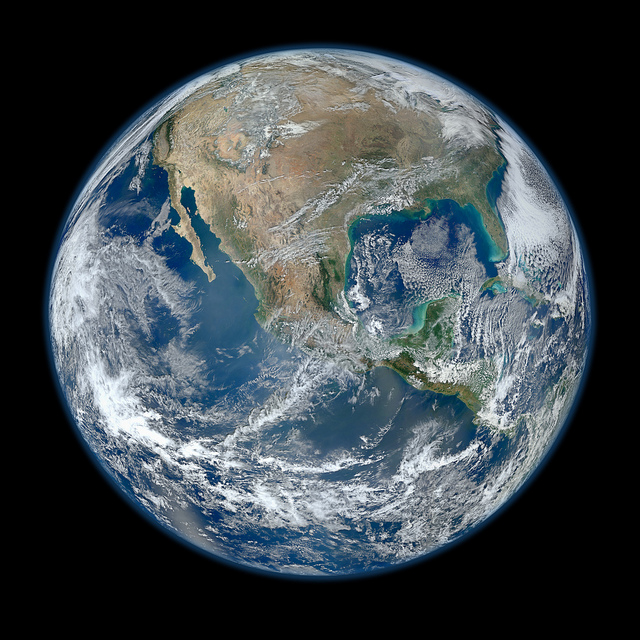 New research models show just how precarious our planet’s climate really is. Runaway greenhouse warming would make a predicted 2-6 feet rise in average sea levels over the next 50-100 years seem like a puddle at the local splash pool.
New research models show just how precarious our planet’s climate really is. Runaway greenhouse warming would make a predicted 2-6 feet rise in average sea levels over the next 50-100 years seem like a puddle at the local splash pool.
From ars technica:
With the explosion of exoplanet discoveries, researchers have begun to seriously revisit what it takes to make a planet habitable, defined as being able to support liquid water. At a basic level, the amount of light a planet receives sets its temperature. But real worlds aren’t actually basic—they have atmospheres, reflect some of that light back into space, and experience various feedbacks that affect the temperature.
Attempts to incorporate all those complexities into models of other planets have produced some unexpected results. Some even suggest that Earth teeters on the edge of experiencing a runaway greenhouse, one that would see its oceans boil off. The fact that large areas of the planet are covered in ice may make that conclusion seem a bit absurd, but a second paper looks at the problem from a somewhat different angle—and comes to the same conclusion. If it weren’t for clouds and our nitrogen-rich atmosphere, the Earth might be an uninhabitable hell right now.
The new work focuses on a very simple model of an atmosphere: a linear column of nothing but water vapor. This clearly doesn’t capture the complex dynamics of weather and the different amounts of light to reach the poles, but it does include things like the amount of light scattered back out into space and the greenhouse impact of the water vapor. These sorts of calculations are simple enough that they were first done decades ago, but the authors note that this particular problem hadn’t been revisited in 25 years. Our knowledge of how water vapor absorbs both visible and infrared light has improved over that time.
Water vapor, like other greenhouse gasses, allows visible light to reach the surface of a planet, but it absorbs most of the infrared light that gets emitted back toward space. Only a narrow window, centered around 10 micrometer wavelengths, makes it back out to space. Once the incoming energy gets larger than the amount that can escape, the end result is a runaway greenhouse: heat evaporates more surface water, which absorbs more infrared, trapping even more heat. At some point, the atmosphere gets so filled with water vapor that light no longer even reaches the surface, instead getting absorbed by the atmosphere itself.
The model shows that, once temperatures reach 1,800K, a second window through the water vapor opens up at about four microns, which allows additional energy to escape into space. The authors suggest that this could be used when examining exoplanets, as high emissions in this region could be taken as an indication that the planet was undergoing a runaway greenhouse.
The authors also used the model to look at what Earth would be like if it had a cloud-free, water atmosphere. The surprise was that the updated model indicated that this alternate-Earth atmosphere would absorb 30 percent more energy than previous estimates suggested. That’s enough to make a runaway greenhouse atmosphere stable at the Earth’s distance from the Sun.
So, why is the Earth so relatively temperate? The authors added a few additional factors to their model to find out. Additional greenhouse gasses like carbon dioxide and methane made runaway heating more likely, while nitrogen scattered enough light to make it less likely. The net result is that, under an Earth-like atmosphere composition, our planet should experience a runaway greenhouse. (In fact, greenhouse gasses can lower the barrier between a temperate climate and a runaway greenhouse, although only at concentrations much higher than we’ll reach even if we burn all the fossil fuels available.) But we know it hasn’t. “A runaway greenhouse has manifestly not occurred on post-Hadean Earth,” the authors note. “It would have sterilized Earth (there is observer bias).”
So, what’s keeping us cool? The authors suggest two things. The first is that our atmosphere isn’t uniformly saturated with water; some areas are less humid and allow more heat to radiate out into space. The other factor is the existence of clouds. Depending on their properties, clouds can either insulate or reflect sunlight back into space. On balance, however, it appears they are key to keeping our planet’s climate moderate.
But clouds won’t help us out indefinitely. Long before the Sun expands and swallows the Earth, the amount of light it emits will rise enough to make a runaway greenhouse more likely. The authors estimate that, with an all-water atmosphere, we’ve got about 1.5 billion years until the Earth is sterilized by skyrocketing temperatures. If other greenhouse gasses are present, then that day will come even sooner.
The authors don’t expect that this will be the last word on exoplanet conditions—in fact, they revisited waterlogged atmospheres in the hopes of stimulating greater discussion of them. But the key to understanding exoplanets will ultimately involve adapting the planetary atmospheric models we’ve built to understand the Earth’s climate. With full, three-dimensional circulation of the atmosphere, these models can provide a far more complete picture of the conditions that could prevail under a variety of circumstances. Right now, they’re specialized to model the Earth, but work is underway to change that.
Read the entire article here.
Image: Venus shrouded in perennial clouds of carbon dioxide, sulfur dioxide and sulfuric acid, as seen by the Messenger probe, 2004. Courtesy of Wikipedia.
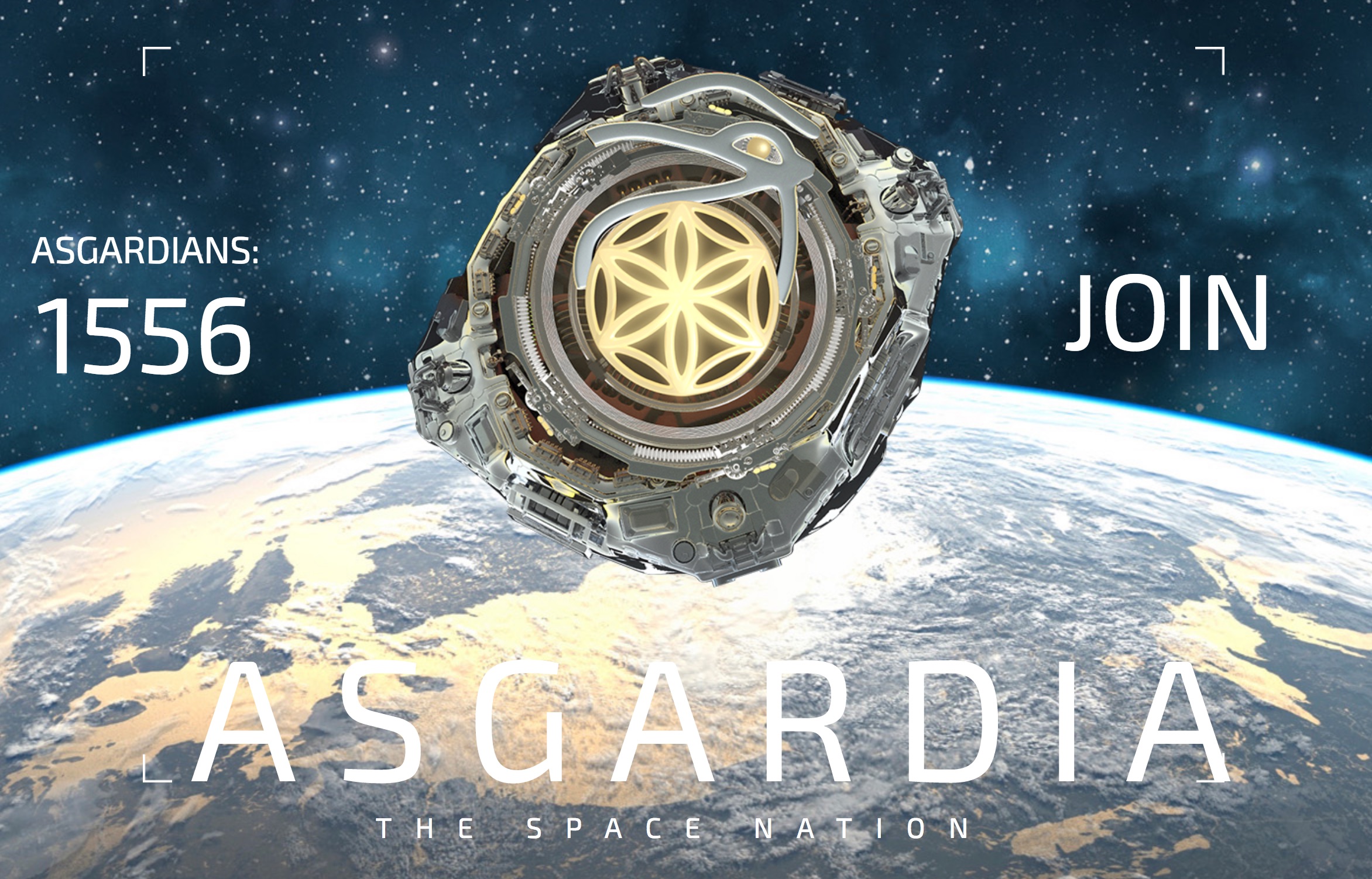


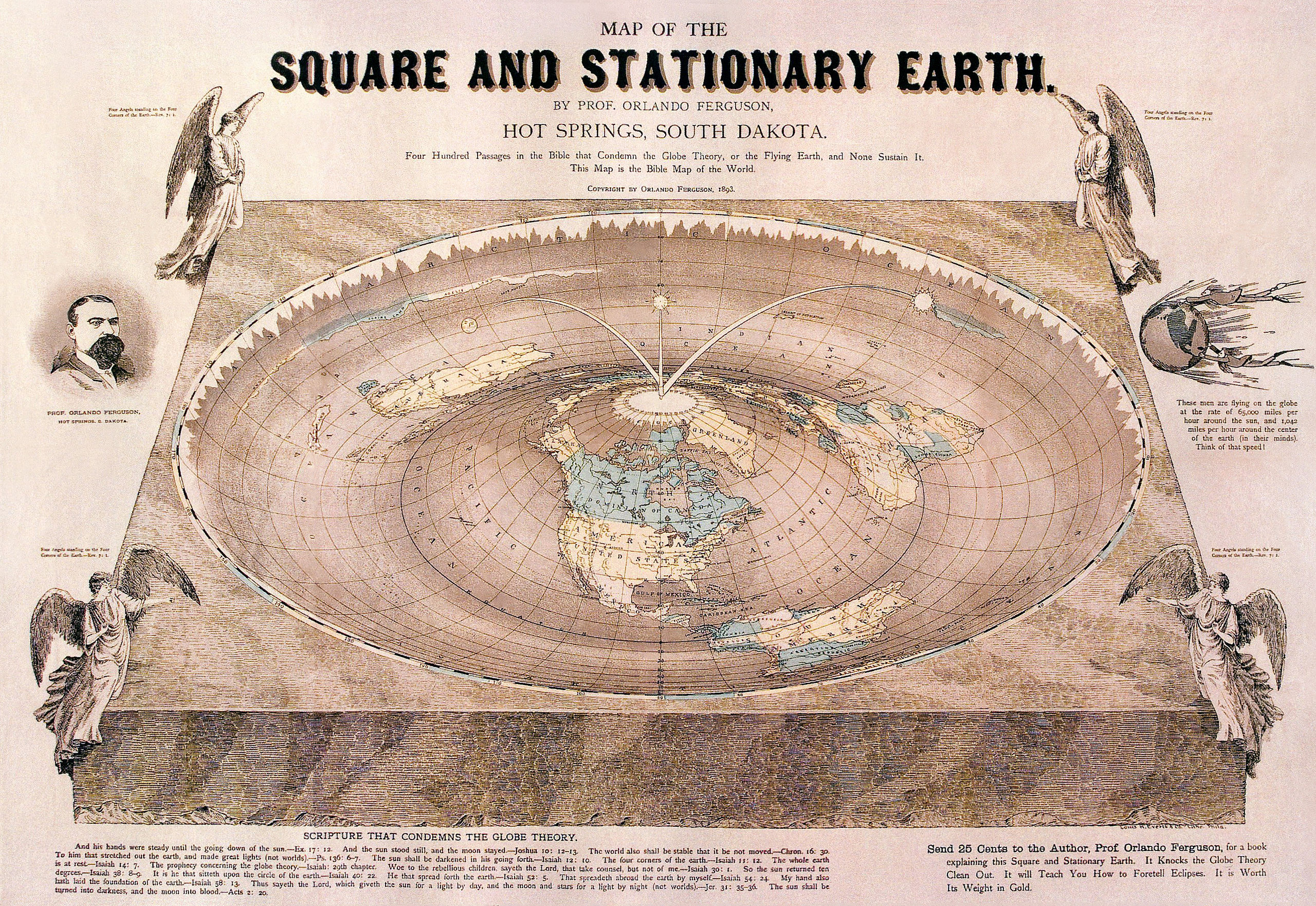
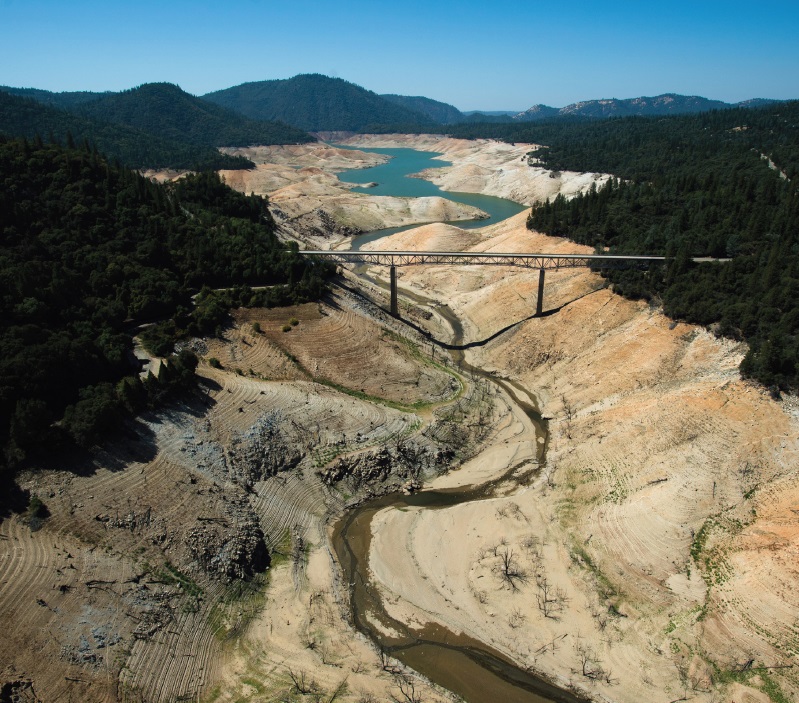
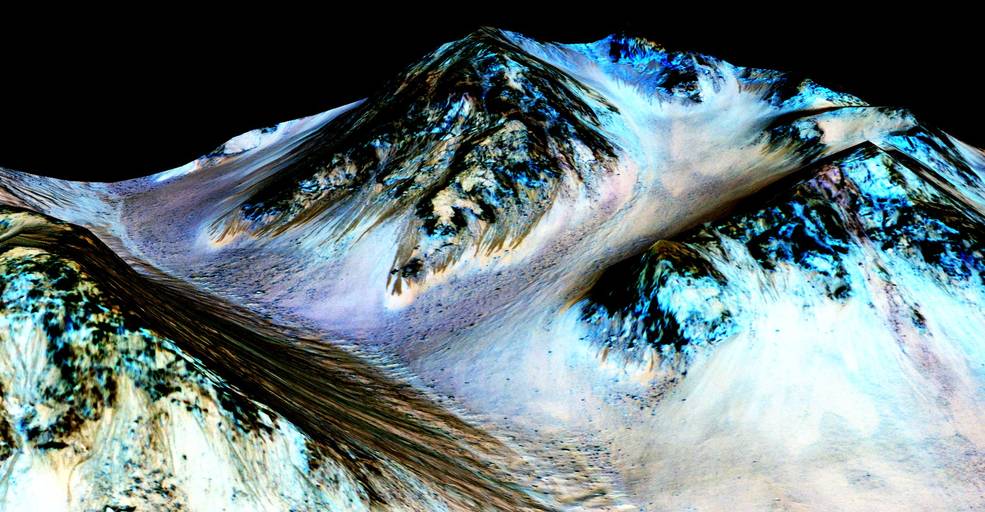
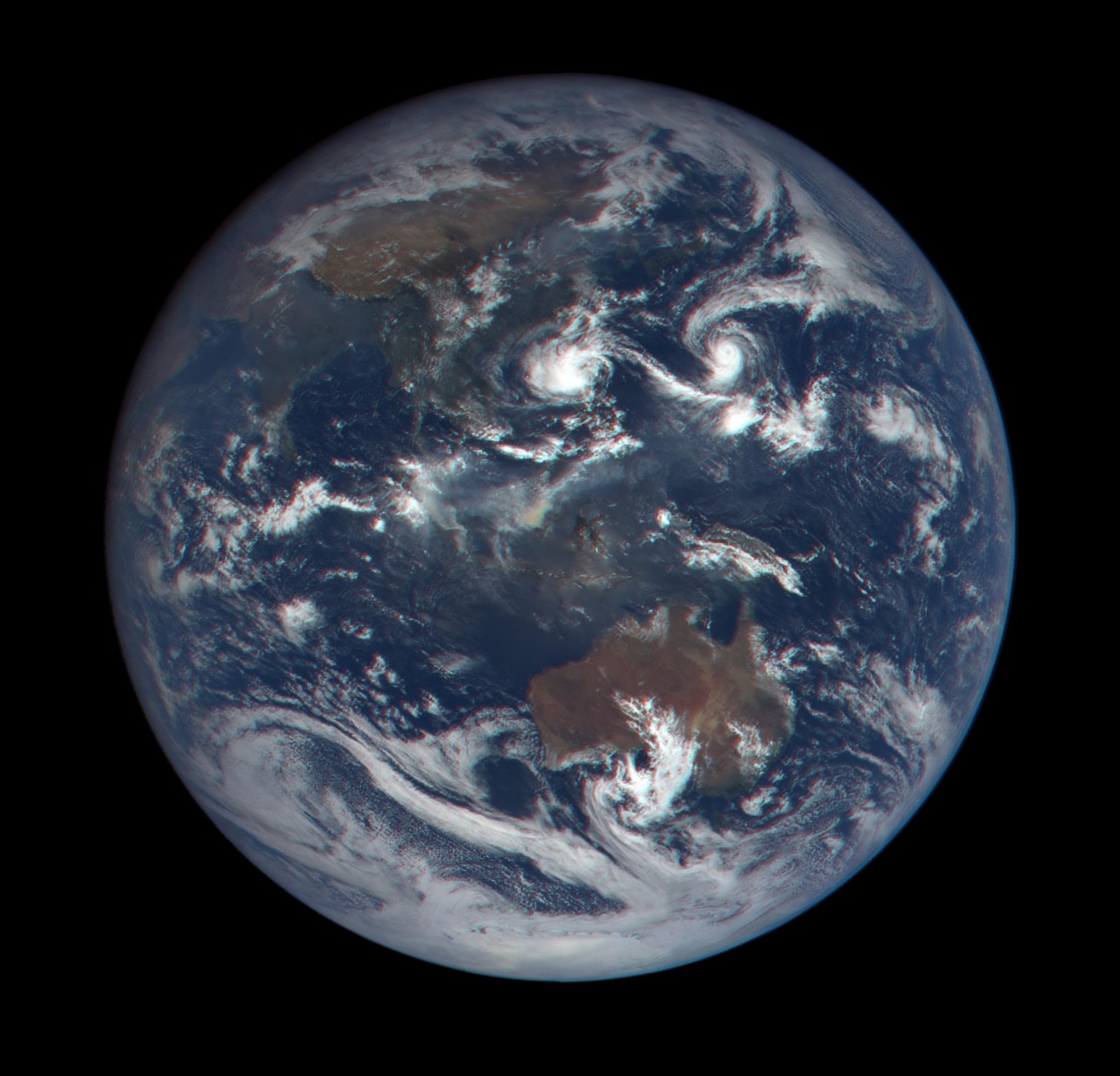
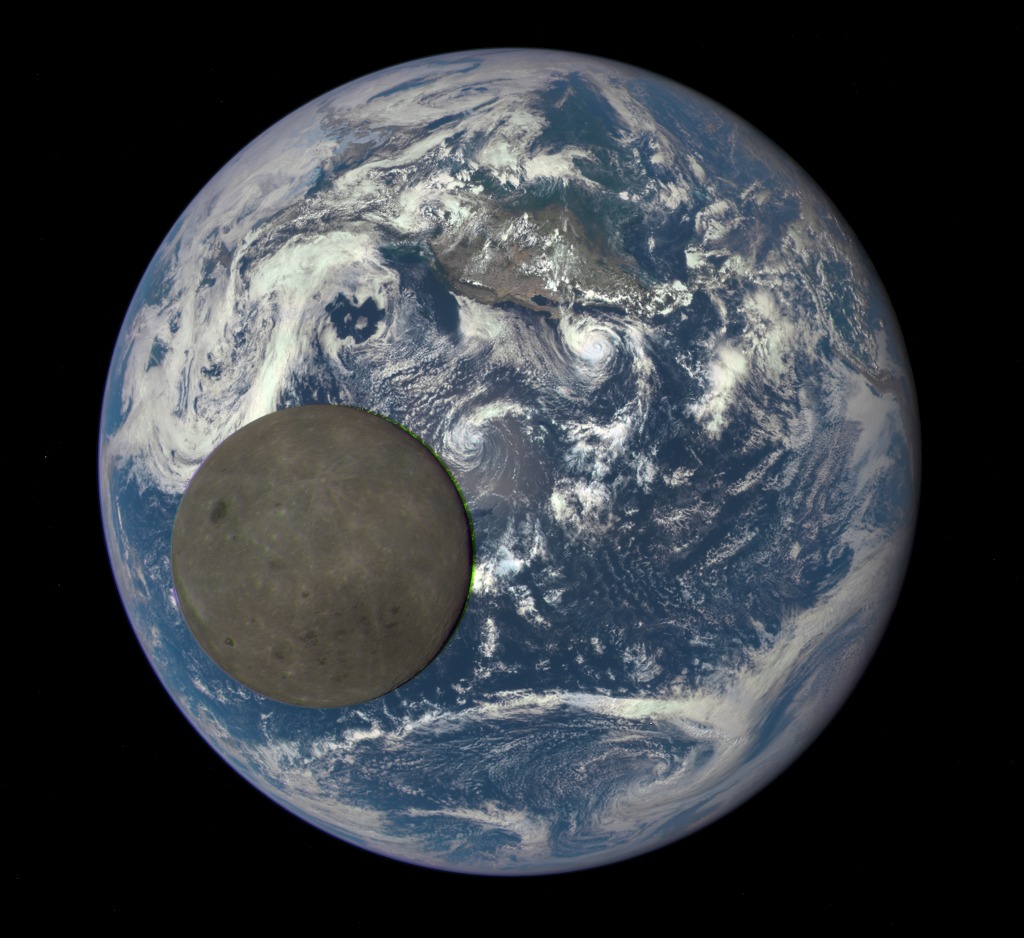
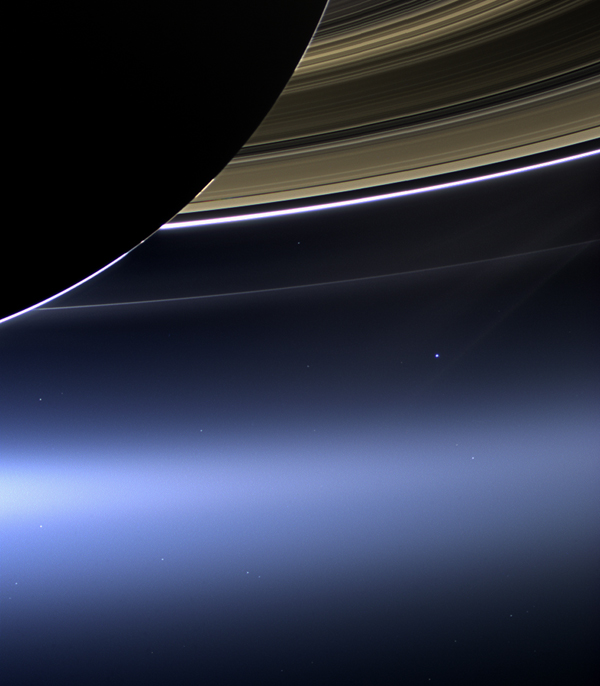
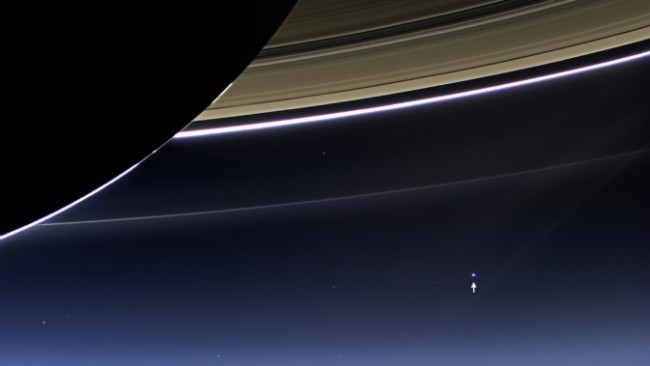
 New research models show just how precarious our planet’s climate really is. Runaway greenhouse warming would make a predicted 2-6 feet rise in average sea levels over the next 50-100 years seem like a puddle at the local splash pool.
New research models show just how precarious our planet’s climate really is. Runaway greenhouse warming would make a predicted 2-6 feet rise in average sea levels over the next 50-100 years seem like a puddle at the local splash pool.

